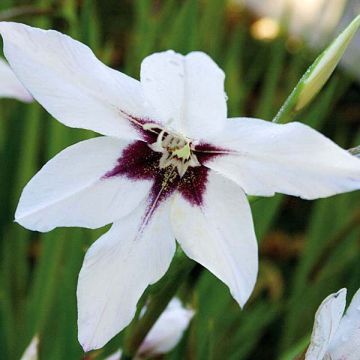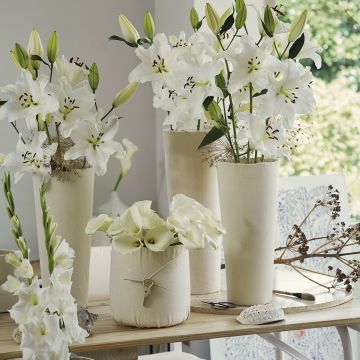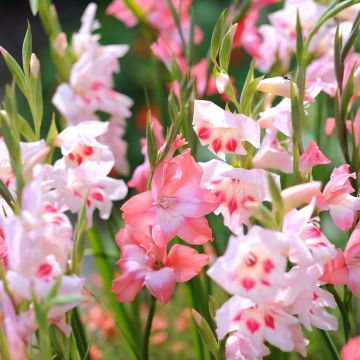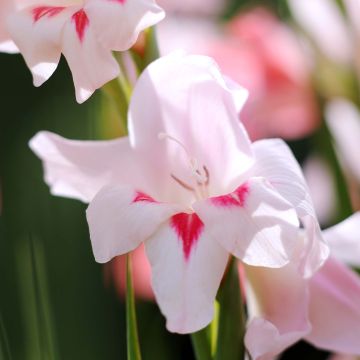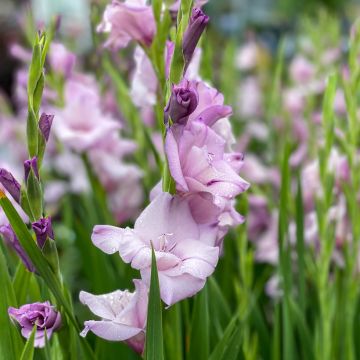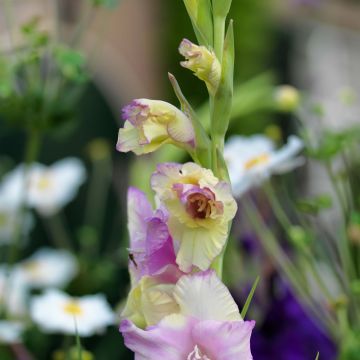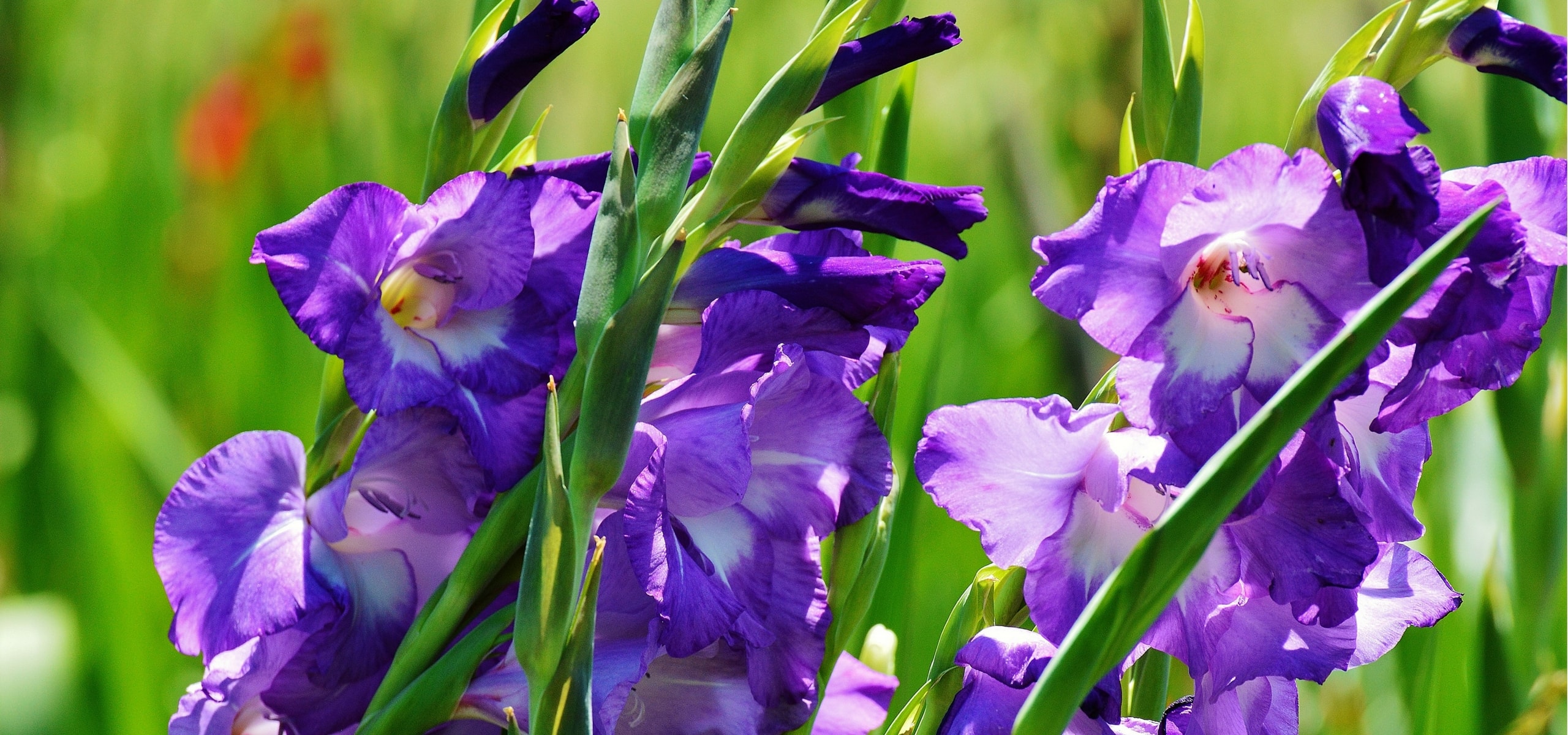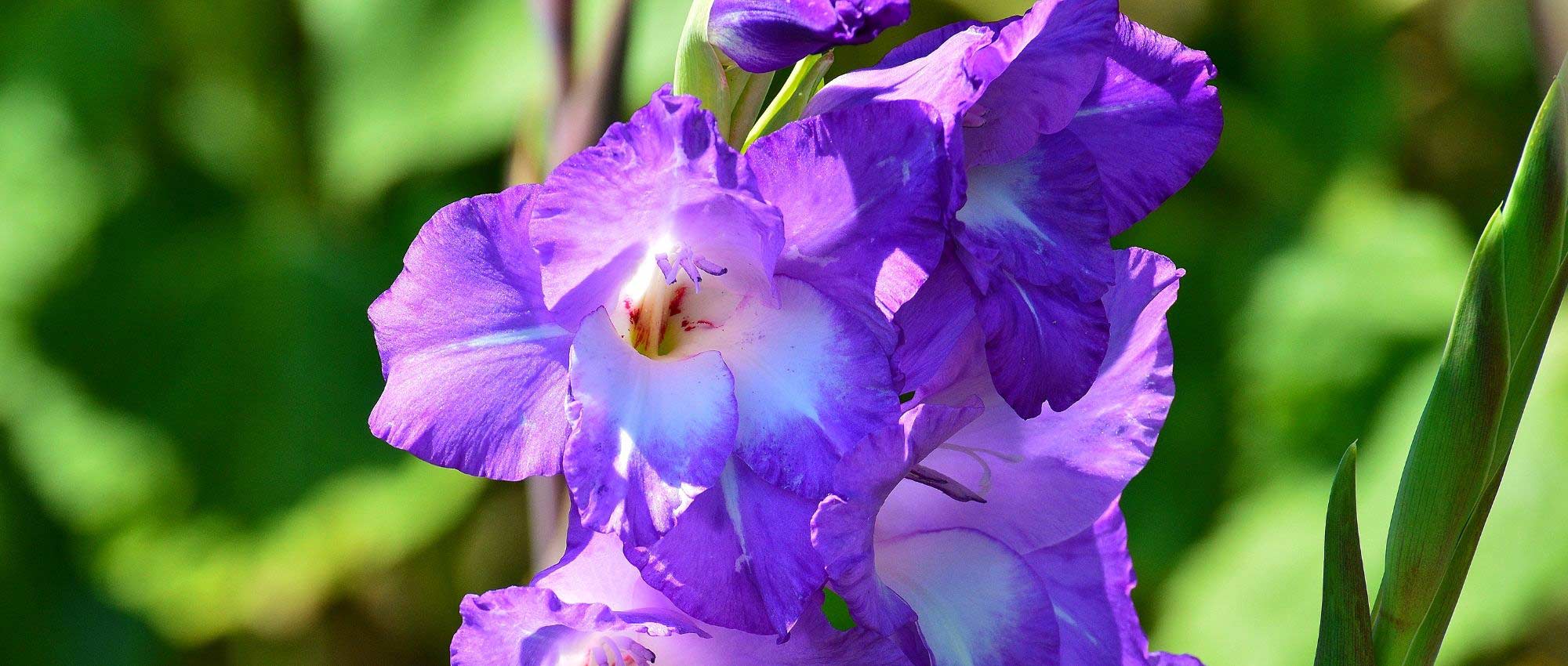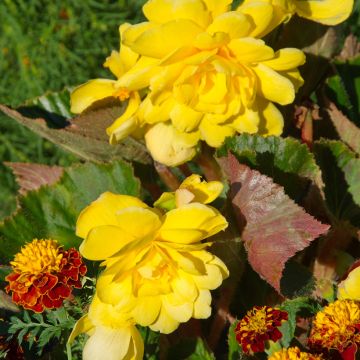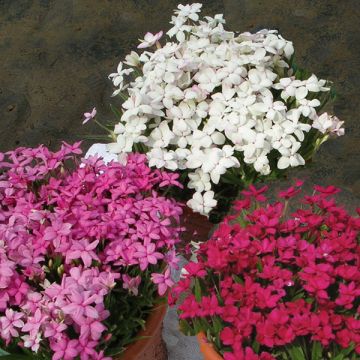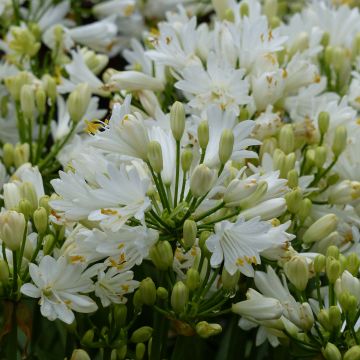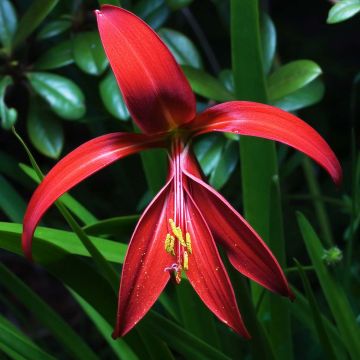

Gladiolus italicus - Italian Gladiolus
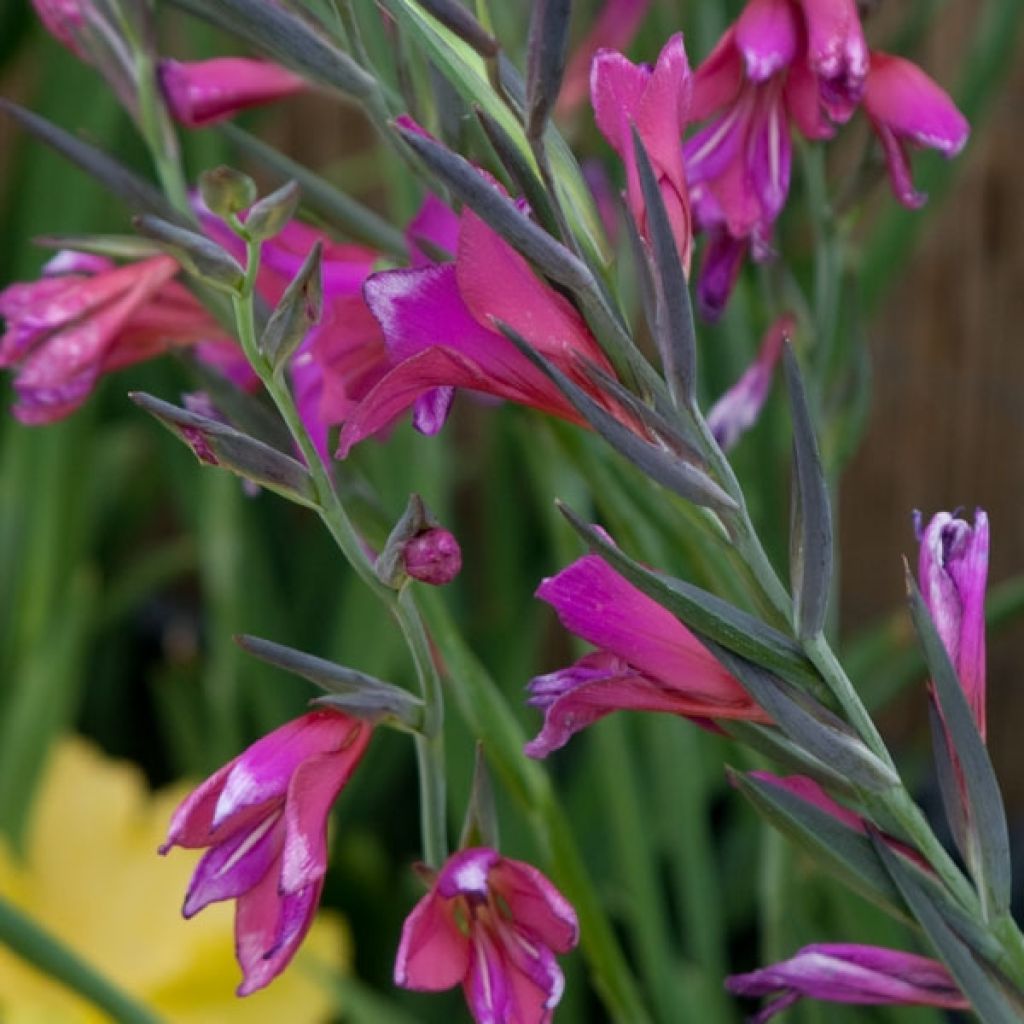

Gladiolus italicus - Italian Gladiolus
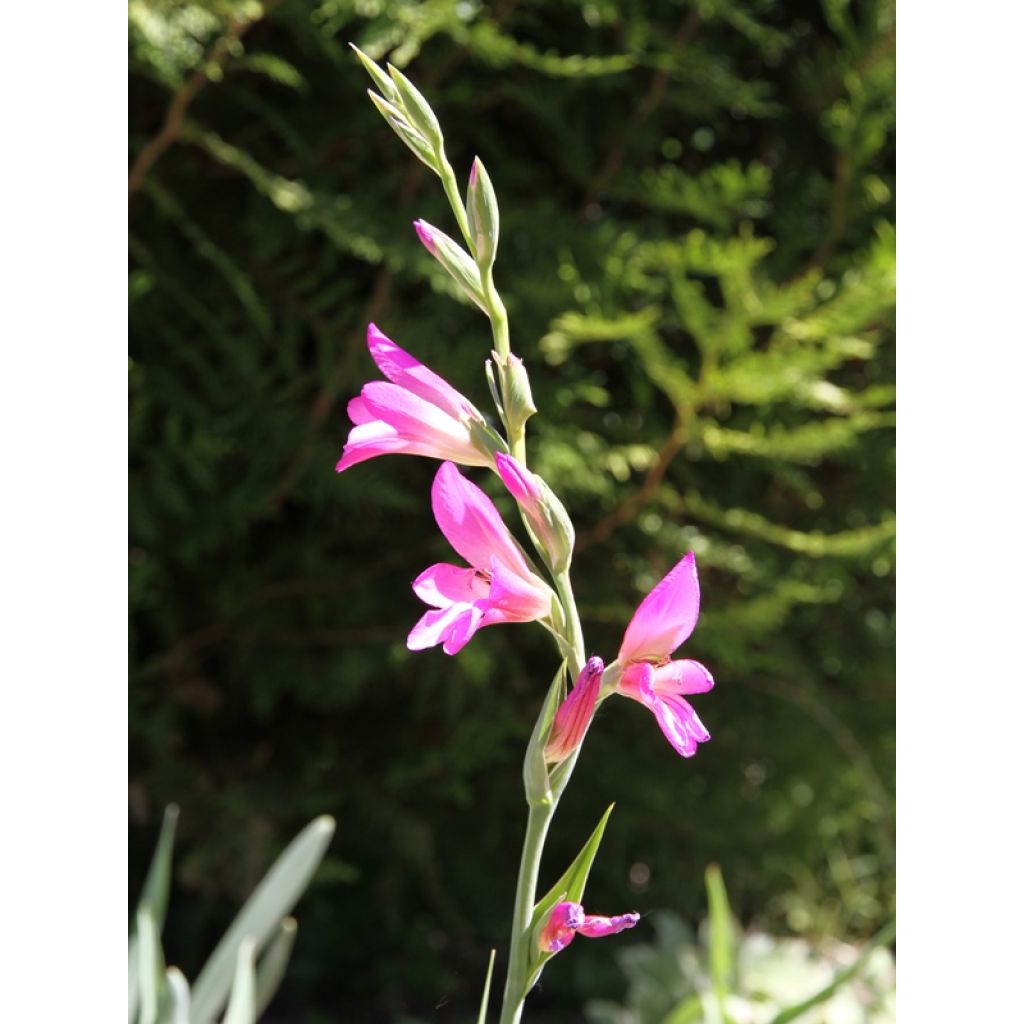

Gladiolus italicus - Italian Gladiolus
View more pictures
Hide images
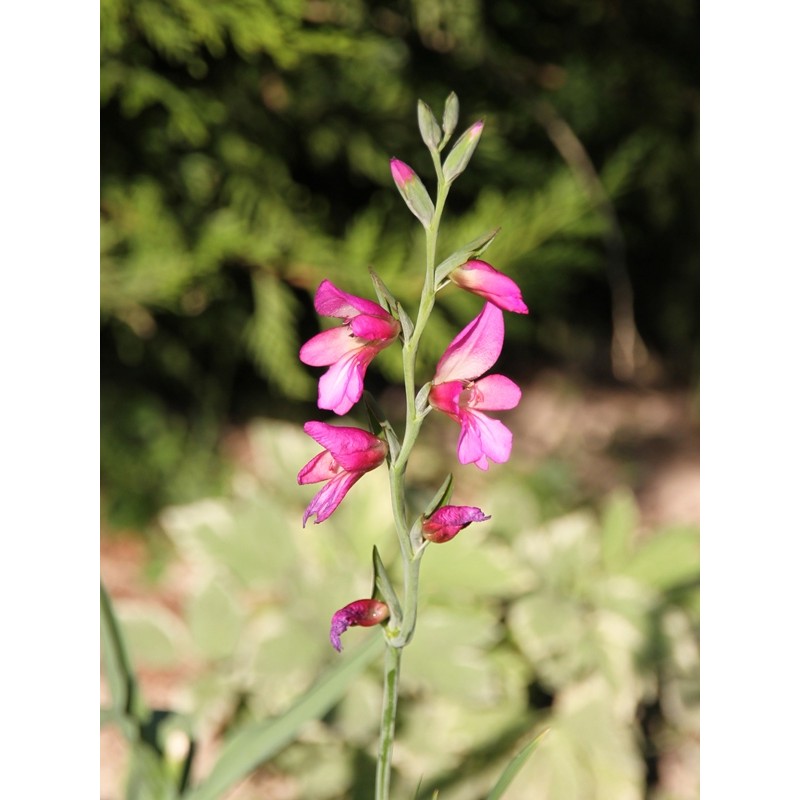
Elise A.

Elise A. • 51 FR
Gladiolus italicus - Italian Gladiolus
Gladiolus italicus
Field Gladiolus, Italian Gladiolus
No flowers seen. Just greenery, no flowers. Received and planted too late for this year. We'll see next year...
Françoise , 14/09/2024
Special offer!
Receive a €20 voucher for any order over €90 (excluding delivery costs, credit notes, and plastic-free options)!
1- Add your favorite plants to your cart.
2- Once you have reached €90, confirm your order (you can even choose the delivery date!).
3- As soon as your order is shipped, you will receive an email containing your voucher code, valid for 3 months (90 days).
Your voucher is unique and can only be used once, for any order with a minimum value of €20, excluding delivery costs.
Can be combined with other current offers, non-divisible and non-refundable.
Why not try an alternative variety in stock?
View all →This plant carries a 6 months recovery warranty
More information
We guarantee the quality of our plants for a full growing cycle, and will replace at our expense any plant that fails to recover under normal climatic and planting conditions.
Would this plant suit my garden?
Set up your Plantfit profile →
Description
The Field Gladiolus, in Latin Gladiolus italicus, is a wild gladiolus that should not be confused with its famous hybrid, the Byzantine Gladiolus. It is a hardier wild species, native to Mediterranean regions but naturalized in many parts of Europe. This plant has the same stature as the Byzantine gladiolus, flowers at the same time in our gardens, but its pink-purple flowers are finer and less brightly coloured. Smaller, more graceful, and easier to integrate into the garden than the large South African hybrids, it brings a wild and vertical note to sunny flower beds, much more natural. Its flower spikes unfold in early summer or spring depending on the climate, and also make lasting large bouquets for our interiors.
The Field Gladiolus is of sub-Mediterranean origin, meaning it is found in areas with a slightly less dry climate than the true Mediterranean, such as the Toulouse region for example. In nature, it grows up to 1200m (3937ft) altitude, near cultivated areas, often in vineyards, on dry limestone slopes. It is less fragile and more resistant to cold than its large horticultural cousins. Therefore, it is not necessary to dig it up before winter (unless your climate is very harsh). It appreciates well-drained, even sandy soil and full sun exposure. Like many geophyte plants, meaning they have organs that allow them to survive the winter buried in the ground, it blooms before the arrival of summer heat and then rests in a fairly dry, even limestone soil.
Like its cousins, it has an upright habit and a very slender appearance. Flowering occurs from April to June depending on the climate, it is earlier in the south. It takes the form of solid but thin and flexible flower spikes that rise up to 60-70cm (24-28in) from the ground. 9 to 15 flowers are gathered in spikes on the upper third of the stem. Their thin petals open in a funnel shape, 4 to 5cm (2in) long. Their colour varies depending on their ripeness, ranging from more or less mauve or deep pink. The 3 small lower petals show a white central zone. They emerge from a bouquet of very long, simple, upright, sword-shaped leaves. The name of this plant, gladiolus, comes from Latin: this term means "little sword". The leaves are green and have parallel veins. These leaves allow the plant to replenish its food reserves, so do not cut them until they have completely dried.
The Italian Gladiolus serves the same purpose as the Byzantine gladiolus, in the garden or in bouquets. Its intermediate size allows it to blend in among clumps of ornamental grasses in large countryside-inspired flower beds. It can just as easily be the focal point of a small ensemble, surrounded by perennial geraniums, white lilies, catmints, and moss phlox for example. It looks stunning amidst perennial sage 'Serenade' or 'Mainacht', or Scilla peruviana. In a wild atmosphere inspired by Mediterranean coasts, associate it with Achillea umbellata or Achillea millefolium 'Hella Glashoff'. Essential in a predominantly pink composition, it will take over from irises and accompany roses. If your region experiences harsh winters, growing it in a pot allows you to bring it indoors in a greenhouse or conservatory for winter.
Plant habit
Flowering
Foliage
Botanical data
Gladiolus
italicus
Iridaceae
Field Gladiolus, Italian Gladiolus
Mediterranean
Other Gladioli
View all →Planting and care
Plant the Italian Gladioli in a well-drained, loamy and sandy soil, preferably in full sun or under light shade in the late afternoon, especially in the south. Lime is well tolerated. In hot regions, it blooms earlier and goes dormant in summer to escape drought. In colder and wetter regions, it blooms in summer and goes into rest in September. Bury the corms at a depth of 6 to 8 cm (2 to 3in), spaced 15 to 20 cm (6 to 8in) apart. Water regularly to prevent the substrate from drying out. In regions with harsh winters, dig up the corms in autumn and bring them indoors to protect them from the cold, as you do with those of large hybrid gladioli.
In heavy soil, reduce the planting depth to 4/5 cm (2in) and mix the substrate with a little coarse sand and gravel.
After flowering, cut the faded stem, but be careful to leave 4 to 5 leaves on the plant to allow it to regenerate and multiply.
Planting period
Intended location
Care
Planting & care advice
-
, onOrder confirmed
Reply from on Promesse de fleurs
Similar products
Haven't found what you were looking for?
Hardiness is the lowest winter temperature a plant can endure without suffering serious damage or even dying. However, hardiness is affected by location (a sheltered area, such as a patio), protection (winter cover) and soil type (hardiness is improved by well-drained soil).

Photo Sharing Terms & Conditions
In order to encourage gardeners to interact and share their experiences, Promesse de fleurs offers various media enabling content to be uploaded onto its Site - in particular via the ‘Photo sharing’ module.
The User agrees to refrain from:
- Posting any content that is illegal, prejudicial, insulting, racist, inciteful to hatred, revisionist, contrary to public decency, that infringes on privacy or on the privacy rights of third parties, in particular the publicity rights of persons and goods, intellectual property rights, or the right to privacy.
- Submitting content on behalf of a third party;
- Impersonate the identity of a third party and/or publish any personal information about a third party;
In general, the User undertakes to refrain from any unethical behaviour.
All Content (in particular text, comments, files, images, photos, videos, creative works, etc.), which may be subject to property or intellectual property rights, image or other private rights, shall remain the property of the User, subject to the limited rights granted by the terms of the licence granted by Promesse de fleurs as stated below. Users are at liberty to publish or not to publish such Content on the Site, notably via the ‘Photo Sharing’ facility, and accept that this Content shall be made public and freely accessible, notably on the Internet.
Users further acknowledge, undertake to have ,and guarantee that they hold all necessary rights and permissions to publish such material on the Site, in particular with regard to the legislation in force pertaining to any privacy, property, intellectual property, image, or contractual rights, or rights of any other nature. By publishing such Content on the Site, Users acknowledge accepting full liability as publishers of the Content within the meaning of the law, and grant Promesse de fleurs, free of charge, an inclusive, worldwide licence for the said Content for the entire duration of its publication, including all reproduction, representation, up/downloading, displaying, performing, transmission, and storage rights.
Users also grant permission for their name to be linked to the Content and accept that this link may not always be made available.
By engaging in posting material, Users consent to their Content becoming automatically accessible on the Internet, in particular on other sites and/or blogs and/or web pages of the Promesse de fleurs site, including in particular social pages and the Promesse de fleurs catalogue.
Users may secure the removal of entrusted content free of charge by issuing a simple request via our contact form.
The flowering period indicated on our website applies to countries and regions located in USDA zone 8 (France, the United Kingdom, Ireland, the Netherlands, etc.)
It will vary according to where you live:
- In zones 9 to 10 (Italy, Spain, Greece, etc.), flowering will occur about 2 to 4 weeks earlier.
- In zones 6 to 7 (Germany, Poland, Slovenia, and lower mountainous regions), flowering will be delayed by 2 to 3 weeks.
- In zone 5 (Central Europe, Scandinavia), blooming will be delayed by 3 to 5 weeks.
In temperate climates, pruning of spring-flowering shrubs (forsythia, spireas, etc.) should be done just after flowering.
Pruning of summer-flowering shrubs (Indian Lilac, Perovskia, etc.) can be done in winter or spring.
In cold regions as well as with frost-sensitive plants, avoid pruning too early when severe frosts may still occur.
The planting period indicated on our website applies to countries and regions located in USDA zone 8 (France, United Kingdom, Ireland, Netherlands).
It will vary according to where you live:
- In Mediterranean zones (Marseille, Madrid, Milan, etc.), autumn and winter are the best planting periods.
- In continental zones (Strasbourg, Munich, Vienna, etc.), delay planting by 2 to 3 weeks in spring and bring it forward by 2 to 4 weeks in autumn.
- In mountainous regions (the Alps, Pyrenees, Carpathians, etc.), it is best to plant in late spring (May-June) or late summer (August-September).
The harvesting period indicated on our website applies to countries and regions in USDA zone 8 (France, England, Ireland, the Netherlands).
In colder areas (Scandinavia, Poland, Austria...) fruit and vegetable harvests are likely to be delayed by 3-4 weeks.
In warmer areas (Italy, Spain, Greece, etc.), harvesting will probably take place earlier, depending on weather conditions.
The sowing periods indicated on our website apply to countries and regions within USDA Zone 8 (France, UK, Ireland, Netherlands).
In colder areas (Scandinavia, Poland, Austria...), delay any outdoor sowing by 3-4 weeks, or sow under glass.
In warmer climes (Italy, Spain, Greece, etc.), bring outdoor sowing forward by a few weeks.






























